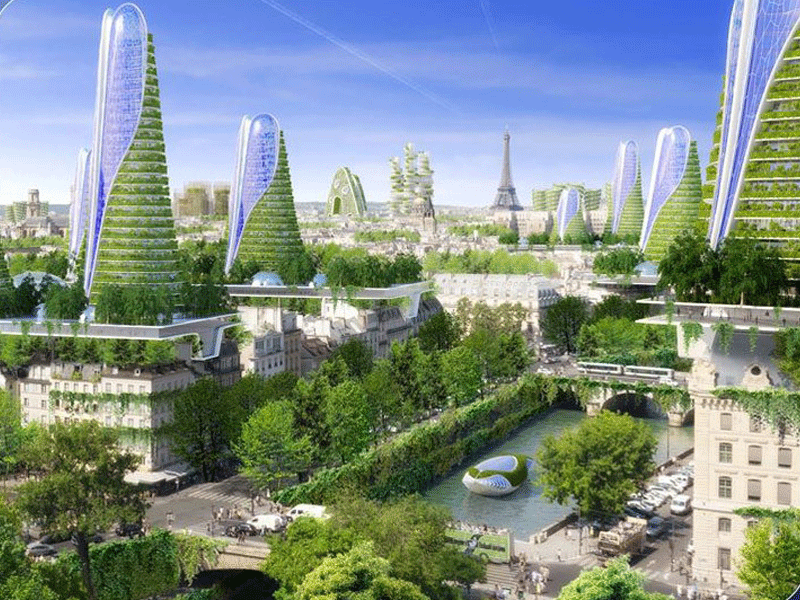Urban planning for a sustainable future: Smart cities and eco-friendly design

- 214
- 0
The world is rapidly urbanizing, with more than half of the global population now residing in cities. As our cities expand and evolve, urban planning has become a critical element in the pursuit of a sustainable future. The concept of "Smart Cities" and eco-friendly design is redefining how we build and manage urban spaces. In this article, we'll explore the key principles of urban planning for a sustainable future, focusing on Smart Cities and eco-friendly design.
The Challenge of Urbanization:
As cities grow, they face numerous challenges, including increased energy consumption, traffic congestion, pollution, and the strain on resources. These challenges call for innovative solutions in urban planning, and Smart Cities are at the forefront of this transformation.
Smart Cities: The Future of Urban Living:
Smart Cities are urban centers that use advanced technology and data-driven approaches to enhance the quality of life for their residents while minimizing environmental impact. Here are the key features and benefits of Smart Cities:
- Sustainable Transportation:
Smart Cities promote efficient, eco-friendly transportation, including electric public transit, bike-sharing programs, and pedestrian-friendly infrastructure. This reduces air pollution and traffic congestion.
- Energy Efficiency:
These cities employ smart grids and energy-efficient buildings, reducing energy consumption and greenhouse gas emissions.
- Data-Driven Governance:
Advanced data analytics and technology enable cities to make informed decisions about resource allocation, public safety, and infrastructure maintenance.
- Green Spaces and Biodiversity:
Smart Cities prioritize green spaces and sustainable landscaping, providing a balance between urban development and the preservation of natural environments.
Eco-Friendly Urban Design:
In addition to the principles of Smart Cities, eco-friendly urban design focuses on creating sustainable and environmentally responsible cityscapes. Here's how it works:
- Sustainable Architecture:
Eco-friendly buildings are designed with energy efficiency in mind, incorporating features like natural lighting, solar panels, and green roofs.
- Sustainable Materials:
Using sustainable materials in construction, such as recycled or reclaimed materials, reduces the environmental footprint of urban development.
- Waste Reduction:
Effective waste management, recycling programs, and waste-to-energy solutions reduce the impact of urban areas on landfills.
- Green Infrastructure:
Incorporating green infrastructure like permeable pavements and urban forests helps manage stormwater, reduce flooding, and improve air quality.
The Intersection of Technology and Sustainability:
Smart Cities and eco-friendly urban design intersect through the use of technology and data to create sustainable and livable urban environments. The benefits of this approach are profound:
Reduced energy consumption and carbon emissions.
Improved air and water quality.
Enhanced resilience to climate change.
Increased economic opportunities and job creation.
Better quality of life for residents.
Challenges and Considerations:
While the vision of Smart Cities and eco-friendly design is promising, several challenges must be addressed, including privacy concerns related to data collection, the digital divide, and the costs associated with implementing advanced technology and infrastructure.
Conclusion: Building a Sustainable Future:
The future of urban planning lies in Smart Cities and eco-friendly design. These approaches offer a path to urban development that meets the needs of a growing population while respecting the environment. By embracing technology and sustainability, cities can lead the way in building a more sustainable and prosperous future for all. It's a journey towards a world where urbanization and environmental stewardship can coexist harmoniously, providing a model for cities to thrive while caring for the planet.
Published in The Daily National Courier, October, 26 2023
Like Business on Facebook, follow @DailyNCourier on Twitter to stay informed and join in the conversation.

















































